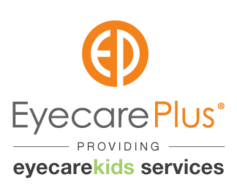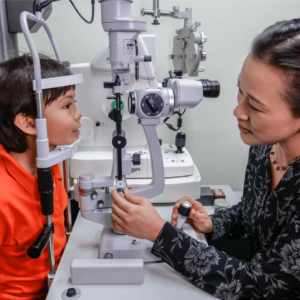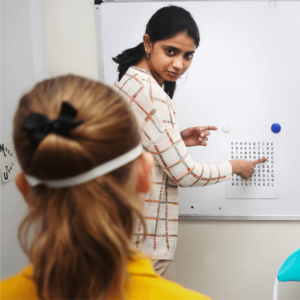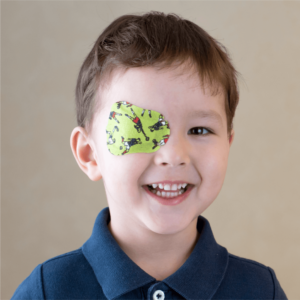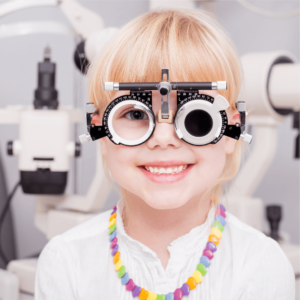When one or both eyes have decreased sharpness of vision that is not correctable by spectacles and in the absence of other diseases, this is known as amblyopia, or lazy eye. The amblyopic eye will see images as blurry.
When a child cannot align both eyes simultaneously under normal conditions, this visual condition is called strabismus, commonly known as an eye turn or crossed eyes. When the eyes are misaligned, they point in two different directions and see two different things.
Amblyopia is sometimes combined with strabismus. Strabismus may originate in the muscles themselves or in the nerves / vision centres in the brain that control binocular vision. Other causes of amblyopia include severe farsightedness, nearsightedness or astigmatism; having different vision strengths in each eye; genetics; developmental delays, drooping eyelids, or cataracts.
